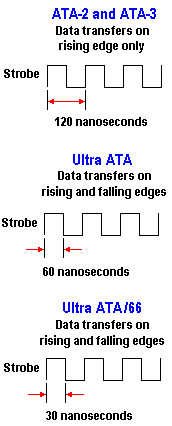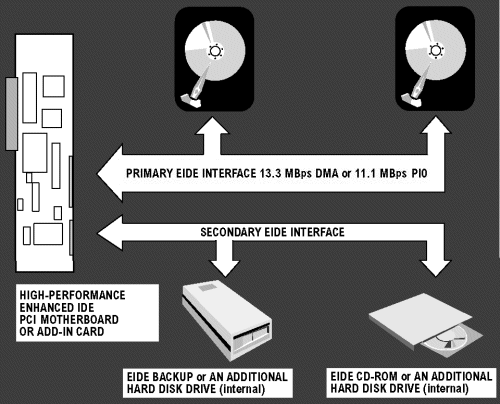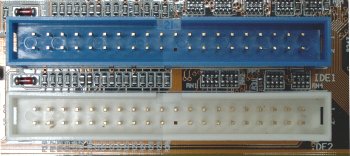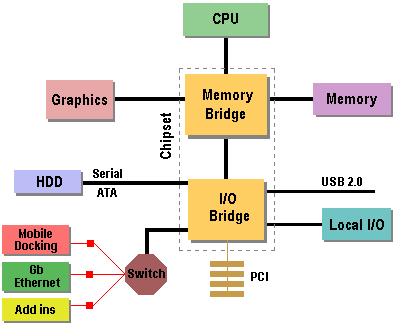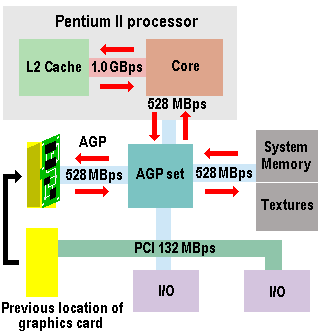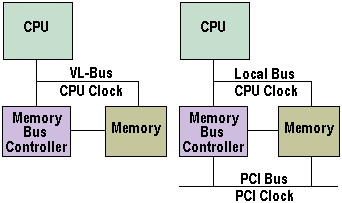In the second half of 1997 EIDE's 16.6 MBps limit was doubled to 33 MBps by the new Ultra ATA (also referred to as ATA-33 or Ultra DMA mode 2 protocol). As well as increasing the data transfer rate, Ultra ATA also improved data integrity … [Read more...]
EIDE Interfaces
In 1993 Western Digital brought EIDE (Enhanced IDE) onto the market. EIDE is a standard designed to overcome the constraints of ATA while at the same time maintaining backward compatibility. EIDE supports faster data transfer rates - with … [Read more...]
IDE Interfaces
One of the earliest and most significant standards introduced into PC hardware was IDE (Integrated Drive Electronics), a standard which controls the flow of data between the processor and the hard disk. The IDE concept was initially proposed by … [Read more...]
PCI Express Interfaces
By the summer of 1999 the proponents of Future I/O and NGIO had called a truce and agreed to merge the two technologies into a new specification. Originally, this went by the working name of System I/O. However, by the end of the year it had been renamed InfiniBand. In the end the technology - … [Read more...]
PCI-X Interfaces
PCI-X v1.0, a high performance addendum to the PCI Local Bus specification co-developed by IBM, Hewlett-Packard, and Compaq - normally competitors in the PC server market - was unanimously approved by the Peripheral Component Interconnect Special … [Read more...]
Internal Interfaces Summary
The following table summarises the various interface standards for internal host adapter cards, in use as at mid-1998: Standard Typical uses Burst DTR Outlook ISA Sound cards, modems 2 MBps to 8.33 MBps Expected to be phased out by late … [Read more...]
What is AGP and AGP Pro?
As fast and wide as the PCI bus was, there was one task that threatened to consume all its bandwidth: displaying graphics. Early in the era of the ISA bus, monitors were driven by simple Monochrome Display adapter (MDA) and Colour Graphics Array (CGA) cards. A CGA graphics display could show … [Read more...]
PCI Bus Interfaces
Intel's original work on the PCI standard was published as revision 1.0 and handed over to a separate organisation, the PCI SIG (Special Interest Group). The SIG produced the PCI Local Bus Revision 2.0 specification in May 1993: it took in the … [Read more...]
Local Bus Interfaces
Intel 80286 motherboards were capable of running expansion slots and the processor at different speeds over the same bus. However, dating from the introduction of the 386 chip in 1987, motherboards provided two bus systems. In addition to … [Read more...]
ISA Bus – Industry Standard Architecture
When it appeared on the first PC the 8-bit ISA bus ran at a modest 4.77MHz - the same speed as the processor. It was improved over the years, eventually becoming the Industry Standard Architecture (EISA), developed by a consortium made up of IBM's major competitors. Although these systems … [Read more...]
